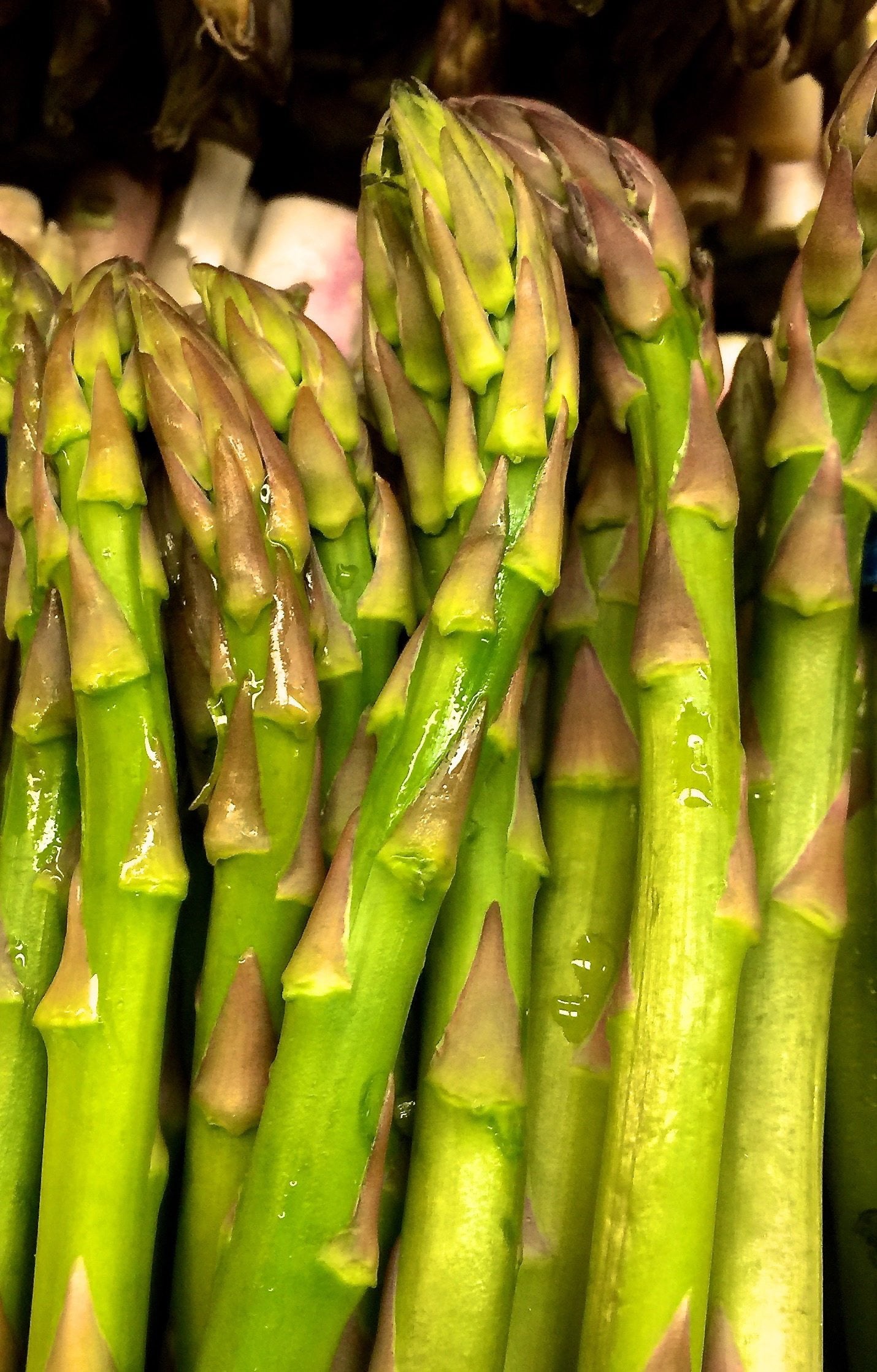Asparagus is a delicious and resilient perennial that can be grown anywhere from kitchen gardens to roadside ditches and flowery meadows. It flourishes in raised beds, too.
But be careful when scouting locations. Once established, this hardy plant will produce for 20 years or more.
Asparagus is considered something of a gourmet vegetable but it isn’t a crop for impatient gardeners, says Brenna Aegerter, a University of California farm adviser based in San Joaquin County.
“To be on the safe side, you don’t want to over-harvest, so it’s good to wait at least two years after planting,” Aegerter said. “You don’t want to take them too early. You want those underground crowns (year-old root systems) to build up a carbohydrate reserve.”
Asparagus should be planted in sunny, well-drained sites in spring, setting uniformly sized crowns 18 inches apart in rows some 5 feet apart. Wait until the threat of frost has passed.
Place crowns in the furrows and fill with about 2 inches of soil. Gradually boost the rows with soil as the plants continue their growth, or until the crowns are about 6 inches below the surface.
Each crown can produce about a half-pound of edible spears per year when fully established.
“Asparagus is very drought-tolerant and can usually grow without supplemental watering because it seeks moisture deep in the soil,” according to an Ohio State University fact sheet.
The optimal pH for asparagus is a neutral 6.5 to 7.5. Weed growing beds thoroughly, and fertilize with a 10-20-10 formulation before planting.
“You can’t completely neglect it but asparagus isn’t a high-maintenance plant,” Aegerter said. “It is susceptible to a few serious diseases, but for the most part doesn’t have high fertilizer needs. Its roots go deep, so it also doesn’t need the kind of watering that something like tomatoes would need.”
Asparagus is a surprisingly large fern-like plant that can grow to heights approaching 5 feet in dedicated sites.
“Asparagus produces over a two- or three-month period and needs a large garden to produce a family harvest,” Aegerter said. “It would be much more popular if it didn’t take up so much space.”
Weed control is the most challenging part of growing asparagus, said David Trinklein, an associate professor of plant sciences at the University of Missouri.
“Asparagus is a poor competitor with weeds,” Trinklein said. “On small plantings, very light cultivation with a hoe may be used to remove weeds, but avoid using power rotary tillers or any other tillage implements that can damage the crown, reduce yields and promote diseases.”
Spread organic mulches thickly to suppress weeds, he said.
Asparagus spears or shoots begin emerging in early spring when the soil warms to about 50 degrees.
“When spears are 7 to 9 inches tall and still have tight tips, they are ideal for harvest,” Trinklein said. “When the leaves of the spears start to unfurl or ‘fern out,’ the spear is past its prime for eating.”
Asparagus tastes best immediately after harvest. It will tolerate refrigeration for several weeks, but loses some sweetness, crispness and flavor.



